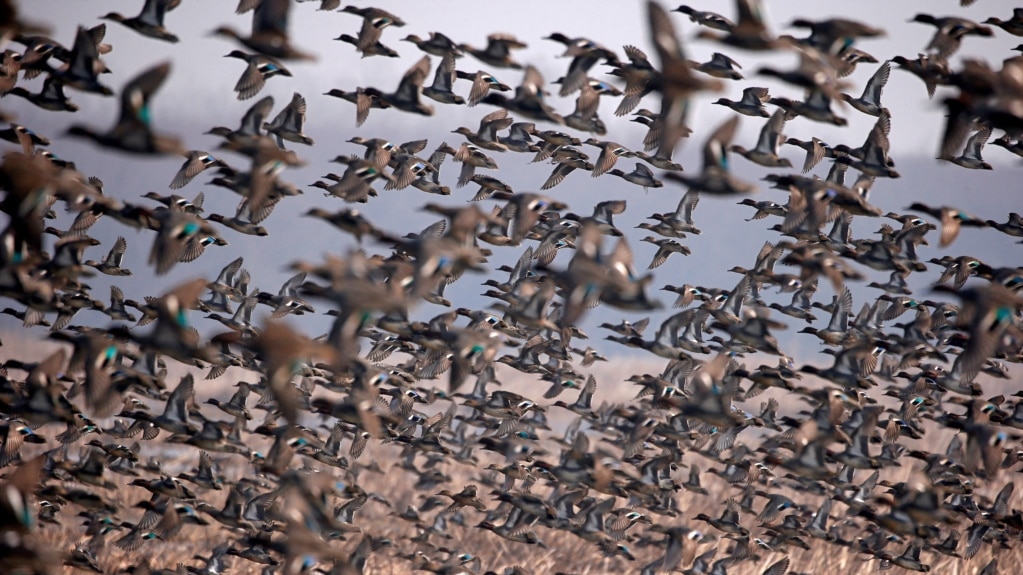New research says that 610 bird species have died off over the past 130,000 years.
For instance, the Kaua’i ’ō’ō, a Hawaiian songbird, was declared extinct just last year.
The recent research also suggested that an “ongoing biodiversity crisis” that requires urgent study is taking place.
Bird species have a special purpose within the environment. When a bird species disappears, nothing remains to do its job, suggested Tom Matthews of the University of Birmingham in England. Matthews was the lead writer of the study that appeared recently in the publication Science.
Matthews said that birds do many important jobs in an environment. These jobs include spreading seeds, eating insects, or reusing dead material. Vultures, for example, eat the flesh of dead animals.
Matthews said a good example of the importance of birds is "on the islands of Mauritius and Hawaii, where all or almost all the native…birds that eat fruit…have gone extinct."
He explained, "In eating the fruits and then moving around, birds will disperse the seeds of the plants the fruits belong to.” The lack of seed spreading can have secondary effects, Matthews said. For example, Mauritius now has many threatened tree species.
Most of the documented extinctions have taken place on islands.
The loss of living areas for birds can have big effects given the limited area involved. Many island birds are flightless, meaning they cannot fly away to escape predators.
As a result, flightless birds are easily hurt by new predators, such as rats or cats, Matthews suggested.
Human hunting of birds was a big reason behind the disappearance of different bird species in the past. Bird hunting remains a big problem in some areas. Capturing birds for the songbird trade is a big problem, particularly in Southeast Asia, Matthews said.
Some areas and species had more exact reasons for bird disappearances. For example, avian malaria, introduced by people, has resulted in large numbers of extinctions in Hawaii where the birds possessed no natural immunity.
Matthews suggested that the effects of a changing climate on birds remains a “big unknown.”
Many birds have been lost over time.
The large flightless “elephant birds” were native to Madagascar. The bird is believed to have disappeared after people arrived. That includes Aepyornis maximus. It was about 3 meters tall and was possibly the largest bird that ever existed.
The flightless moa birds, native to New Zealand, including the South Island giant moa, also disappeared after humans came to the islands.
North America's passenger pigeon numbered in the billions but was hunted to extinction.
The researchers said the 610 bird species combined represented 3 billion years of evolutionary history. Each lost species is like cutting off a branch from the tree of life.
The number 610 is "likely a large underestimate" of avian extinctions, Matthews said. This is because of a lack of data from some areas and the fact some lost species may not have left behind bones or other evidence.
Matthews added, "the vast majority of extinctions over the last 50,000 years are attributable to human actions."
About 11,000 bird species now exist. The researchers projected future extinctions of more than 1,000 species over the next two hundred years.
"So even if you don't care about the moral and ethical concerns regarding the loss of species, these extinctions are important for other reasons, such as the loss of species that helped the environment to function effectively," Matthews added.
I’m John Russell.

